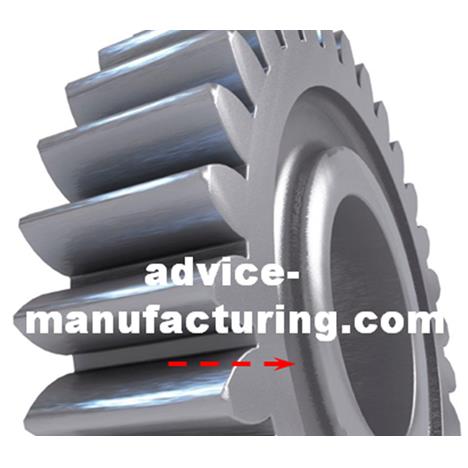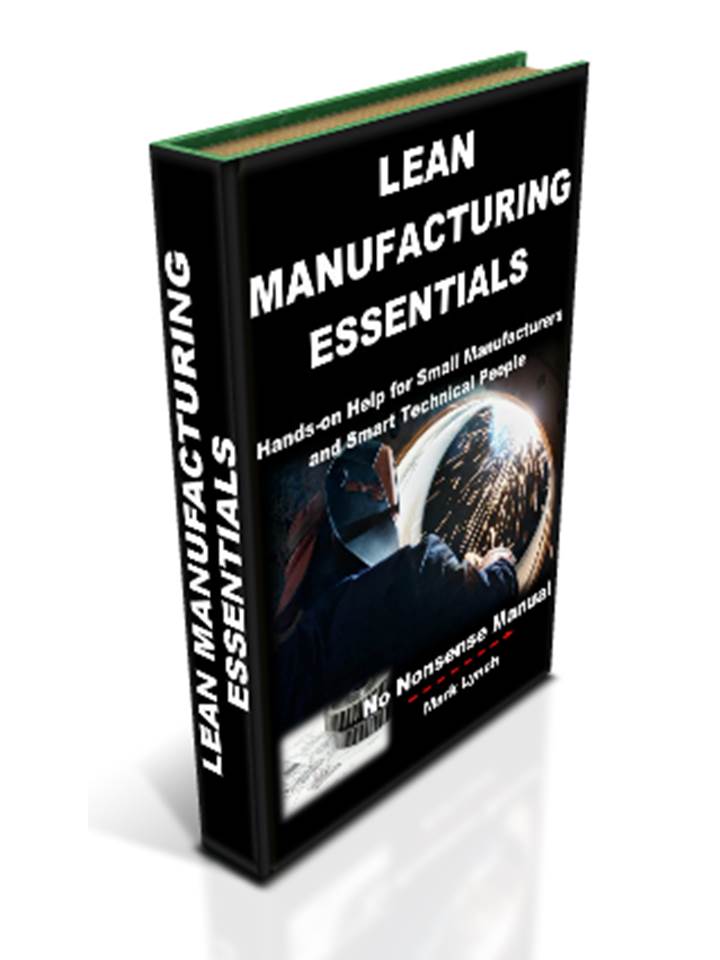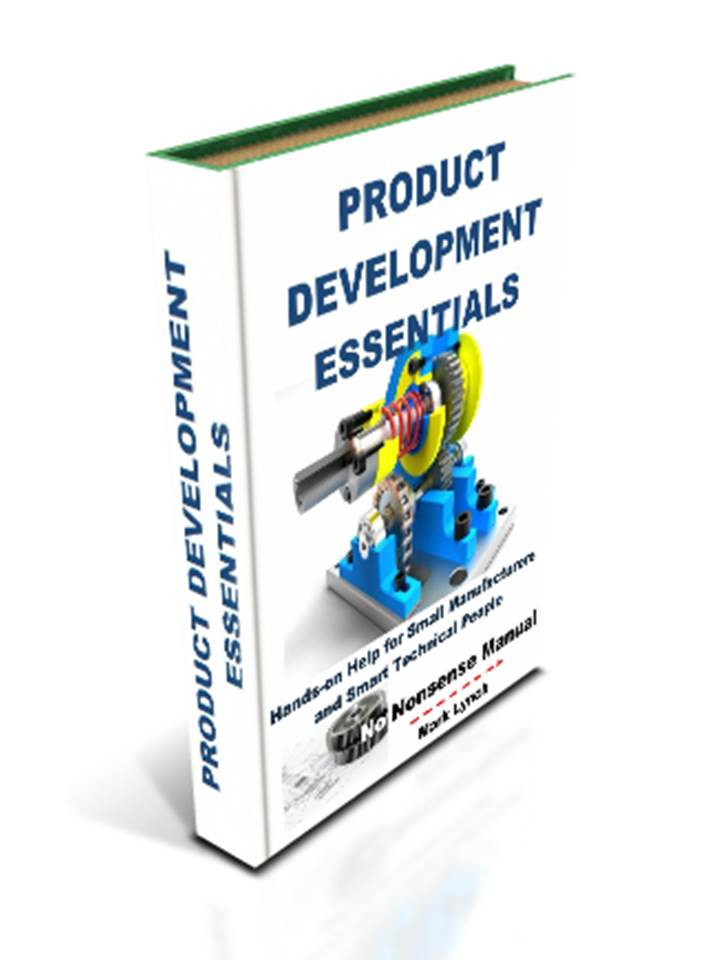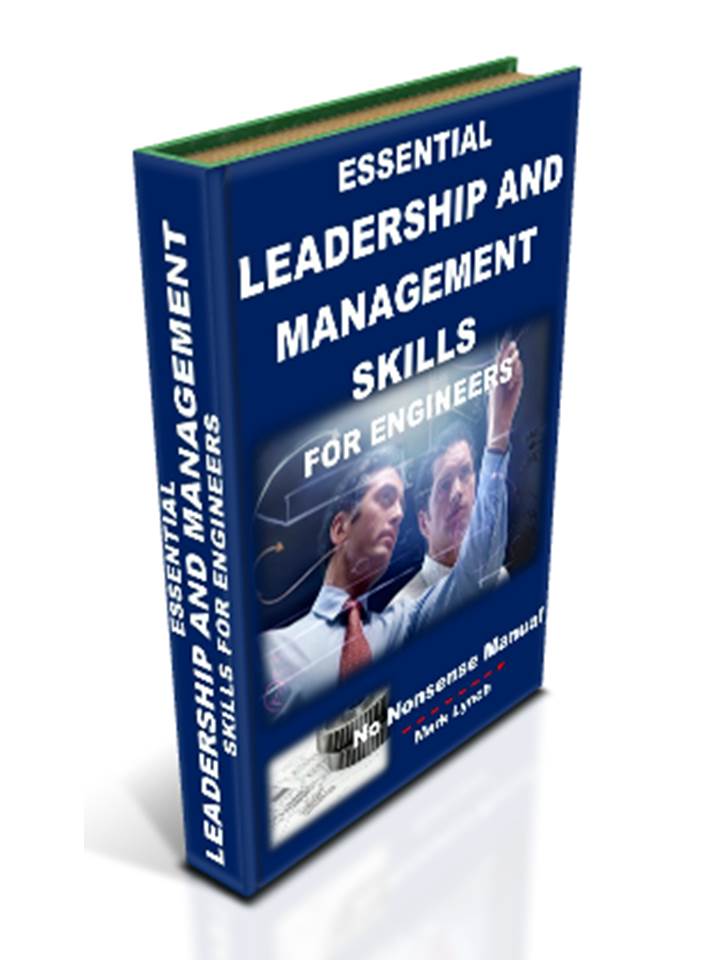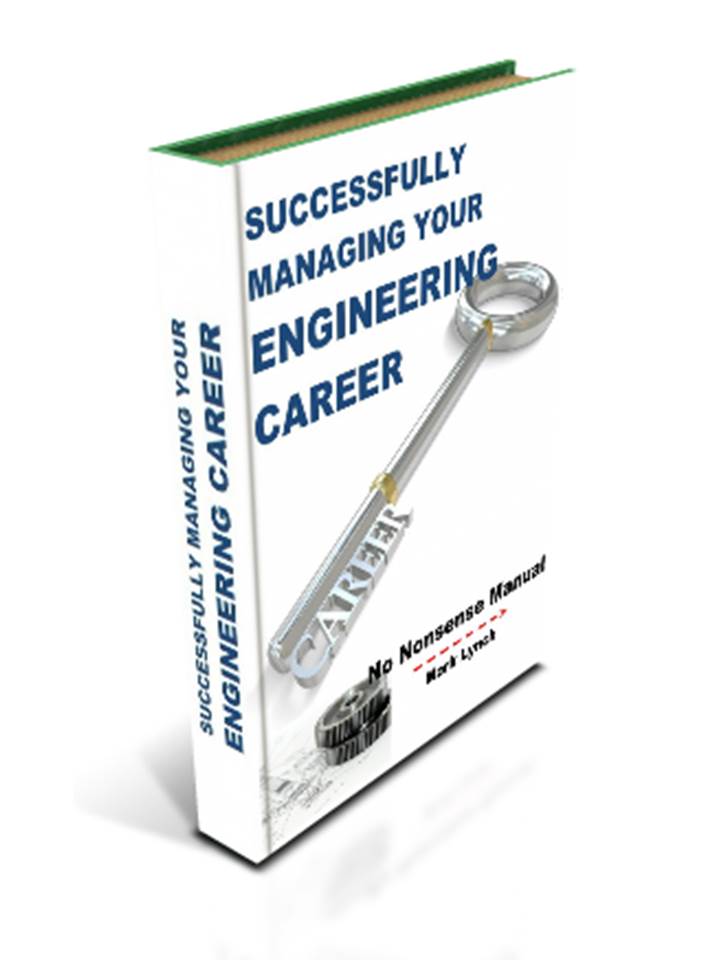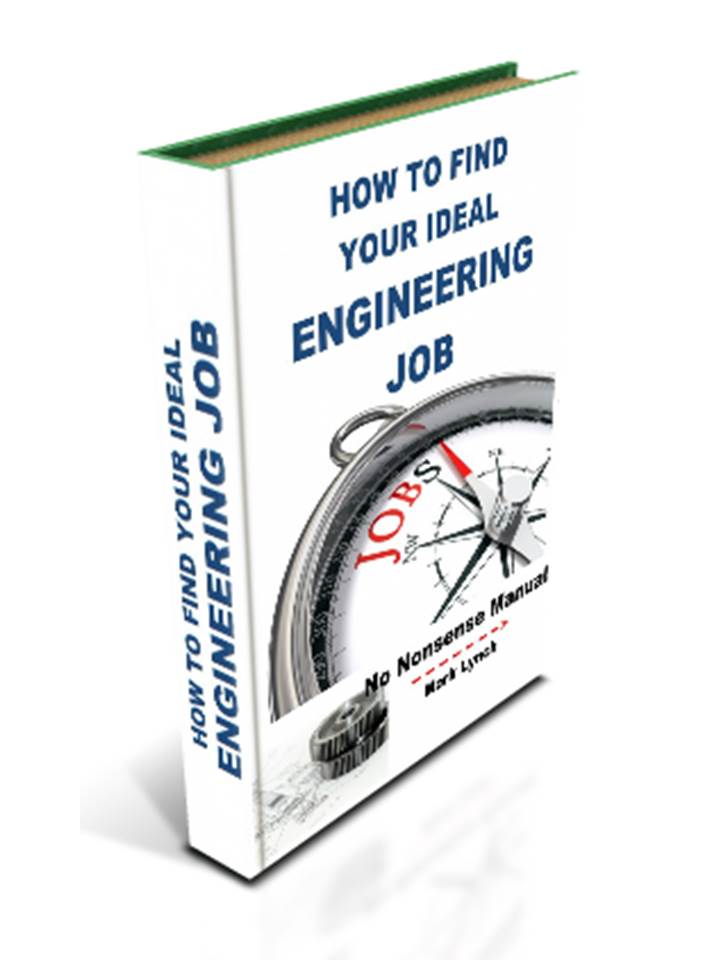'Hands-on Help for SMEs' and Smart Technical People'
3D Printing: Different Techniques, Processes and Technologies
3D Printing Manufacturing Methods
3D Printing Manufacturing Methods
A number of different 3D Printing technologies exist and are universally available. Some are preferable for rapid prototyping during the development process, whereas others are suited for rapid manufacturing of production-ready parts. The commonest ones are listed below and are readily accessible to small manufacturers.
Selective Laser Sintering (SLS)
SLS is arguably the fastest growing 3D Printing technology. SLS polymers include nylon and polystyrene. Components are built up by laser-fusing layers of powdered material. Although white and off-white are common, a range of colours are available from some SLS 3D Printing systems. Alternatively, SLS components can be painted or dyed. SLS parts are commonly used as prototype components, although there is scope to use them as production parts, based on the application. Less common is SLS based ceramic 3D printing. Additionally, selective laser metal sintering (SLMS) is a branch of the same technology, which is explained below.
The Art of the Possible with SLS : Demonstrating just what can be achieved with this innovative 3D Printing Manufacturing Method (Courtesy of Orgathm Tech)
Stereolithography Apparatus (SLA)
SLA is a commonly used and popular 3D Printing technique and is regularly used to produce prototype parts and models. SLA parts are formed when a UV laser solidifies resin layer-by-layer. Components are typically smooth to the touch and can be painted to finish them. A drawback is the brittleness of the parts, particularly if banged or dropped. However the technology is relatively low cost compared to other 3D Printing techniques.
SLA Explained: The oldest, and relatively cheapest 3D Printing Manufacturing Method (Courtesy of Solid Concepts Inc)
Fused Deposit Modelling (FDM)
FDM is a widely applied 3D Printing technology, routinely used to produce modelling and prototyping components, and less commonly for production parts. FDM works by laying down molten plastic, layer-by-layer from a heated nozzle. The material rapidly cools and hardens. FDM parts often use a secondary support material to reinforce shapes and profiles, which are unstable until the plastic cools.
Typical polymers used for the technology include ABS and polycarbonate. These thermoplastic polymers can be sanded, drilled, tapped and painted afterwards. FDM components have a low density option, where thick sections can be made up of a honeycomb interior sandwiched between solid walls. This reduces weight and print time, as well as material usage and therefore cost.
Traditionally the surface finish on FDM components hasn’t been as good when compared to other 3D printing methods, although this has changed and continues to do so as layer thicknesses decrease.
FDM: Perhaps the most popular 3D Printing Manufacturing Method, here building a wrench in seconds with time-lapse film (courtesy of Dimension & CAPInc)
Direct Laser Metal Sintering (DLMS)
DLMS, sometimes known as Selective Laser Melting (SLM), differs from many other 3D Printing technologies in that it is routinely used to produce production parts in metal. DLMS works by using a high powered laser to fuse metal powder together, building up 3D parts in layers. It enables the manufacture of geometrically complicated metallic parts other conventional manufacturing processes simply cannot replicate. Another advantage is good dimensional accuracy.
A range of alloy metals are available. Examples include aluminium, stainless and other steels, cobalt chromium, bronze alloy, nickel and titanium. Others are constantly coming on-stream. DLMS is an ideal production process for complicated relatively small low volume parts. It also lends itself to the repair or modification of worn or damaged components, where new material is deposited to build up a replacement for the old. Because complicated internal and external features can be produced, DLMS allows the design engineer to amalgamate a number of parts into one highly functional component, therefore reducing manufacturing process time and costs.
A related technology is Electron Beam Melting (EBM) where an electron beam melts metallic powder in layers, in a vacuum. Titanium alloys are the commonest, often used in the dental, medical and aerospace industries.
3D Printing Manufacturing Methods for Engineering Applications: Motorsport and Medical Applications for 3D Printed Metallic Parts (Courtesy of Electric TV)
Next...
3D Printing Bureau Services: Outsourcing to Experts inc Directory
Back to 3D Printing Additive Manufacturing or CAD Engineering Essentials
3D Printing / Additive Manufacturing... Genuine Transformative Technology or Over-hyped by the media? Have your say...
There's been a lot said about 3D Printing / Additive manufacturing. But for manufacturing industry what do you think its true potential is? And is it starting to fulfil that potential?
Some manufacturers have had tangible results. But what's your experience? We’re interested so please let us know!
- Share your story... and get a FREE copy of our report 'Helping You and Your Manufacturing Business Thrive'...
PS: Feel free to name-drop your firm! There's nothing wrong with a bit of free publicity!
What Other Visitors Have Said
Click below to see contributions from other visitors to this page...
3D Printing 




3D Printing technology has revolutionized the world of printing. Over the years, it has developed four-foldedly.
Product Assembling 3D Printer for Home Use 




The first ever 3D printer that can make sophisticated, fully functional products is live on Kickstarter now - see https://www.kickstarter.com/projects/817819607/the-indus …

